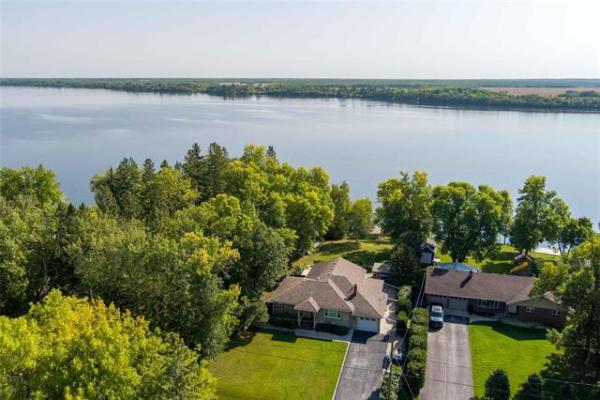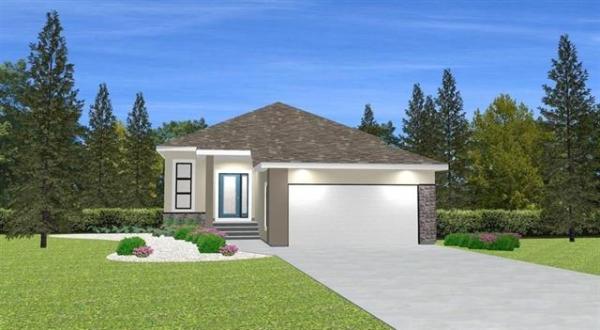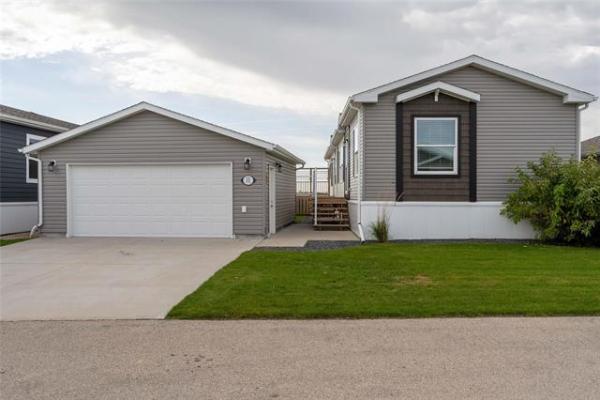Is there such a thing as a water tight sump pit?
Regarding pump failure: What is the proper method for installation of a second pump, powered by a 12-volt system? Where and what type of sump pump is available for this setup?
Thank you,
---- Art Mensch, Steinbach
Answer:You have raised a concern that is held by many homeowners with newer homes, particularly in rural or semi-rural areas. Sump pumps are an integral component in these homes for soil moisture management and can lead to significant problems if they fail or are not functioning properly. I will answer your question and add some extra information about these important mechanical devices in homes.
I am constantly surprised, when inspecting newer homes, about the lack of knowledge many homeowners have regarding their sump pits and pumps. I would guess that there is little thought given to these important systems until there is a failure or problem. As anyone who has experienced difficulty with this issue, once a problem is seen it is usually very, very noticeable. The biggest issue many homeowners have in this regard is where to divert the discharge hose to avoid saturating their lawns or driveways.
The function of a sump pit in a newer home is to create a reservoir underneath the basement floor slab to temporarily store excess groundwater collected by the weeping tile system. The perforated plastic drainage tile, which is laid outside the base of the foundation before backfilling, collects groundwater from rain and melting snow. These collector pipes connect to non-perforated ones installed underneath the basement floor slab. The excess groundwater is drained through these pipes, which terminate in the sump. The purpose of the sump pump is simply to redirect this water, through solid ABS plastic pipes, back to the exterior of the house, where it can be recycled back into the soil. The pump should engage when either an external float switch rises to the on position or a pressure switch inside the pump activates.
Where this system has a possible flaw is in the pump, itself. If the pump or float switch fail to activate when needed, the pit may fill to the top or overflow. This excess water can cause flooding in the basement, or heaving of the basement floor slab due to excess pressure from the weeping tiles under the slab. This may happen due to normal deterioration of the pump or float switch or due to a power failure.
Most sump pumps plug into a regular duplex receptacle on a normal 15-amp circuit. This circuit should be dedicated to the sump pump only, as large appliances connected to the same circuit may cause the breaker to trip if they are activated at the same time as the sump pump. Sometimes, homeowners unplug the pump for the winter or accidentally knock the plug out of the receptacle, which may lead to major problems. Also, many homes, particularly in rural areas, may be subject to power supply failures. This is often experienced during strong summer electrical storms, when the sump pump is most needed due to the heavy rainfall associated with these storms.
To solve this problem some creative homeowners or contractors install a secondary sump pump that is powered by a 12-volt battery. This smaller pump is typically installed with the float or activation switch near the top of the pit, rather than the bottom, so that it does not engage until the other pump fails. This pump should only engage when there is a problem with the electrical pump, likely due to power failure. This second pump can be connected to the same discharge piping with a second check valve to prevent backing up of water into the connection pipes. Often, these pumps are connected to a large marine grade 12-volt battery, sitting just outside the sump pit.
To answer both your direct questions, the smaller, battery powered sump pumps should be readily available through plumbing contractors or suppliers and may be installed with some modifications to the top plastic cover of the sump. Sump pit lids are now designed with gaskets and grommets to be fairly airtight, but this is not designed to stop water leakage under pressure. These components are to prevent soil gasses, like radon, from entering the living space from the soil underneath the basement floor slab. Care should be taken to re-seal this lid around the discharge pipe and wiring after modifications to install the second pump.
The final thing to address is the possible failure of the second pump. The worst-case scenario is the secondary pump not engaging when it is most needed. This may be due to a battery that is low on charge or other defect. It is critical to test the secondary pump on a regular basis by engaging the switch and allowing it to run for a short period of time. Also, a moisture sensor may be installed above the level of the secondary pump float switch, connected to a sump alarm or regular home alarm system. If the water level in the pit reaches this sensor, the alarm sounds which will let you know that both pumps are not operational & immediate service is needed.
Ari Marantz is the owner of Trained Eye Home Inspection Ltd. and the president of the Canadian Association of Home & Property Inspectors - Manitoba (www.cahpi.mb.ca). Questions can be e-mailed or sent to: Ask The Inspector, Box 69021, #110-2025 Corydon Ave., Winnipeg, MB. R3P 2G9. Ari can be reached at (204) 291-5358 or check out his website at www.trainedeye.ca.
trainedeye@iname.com



